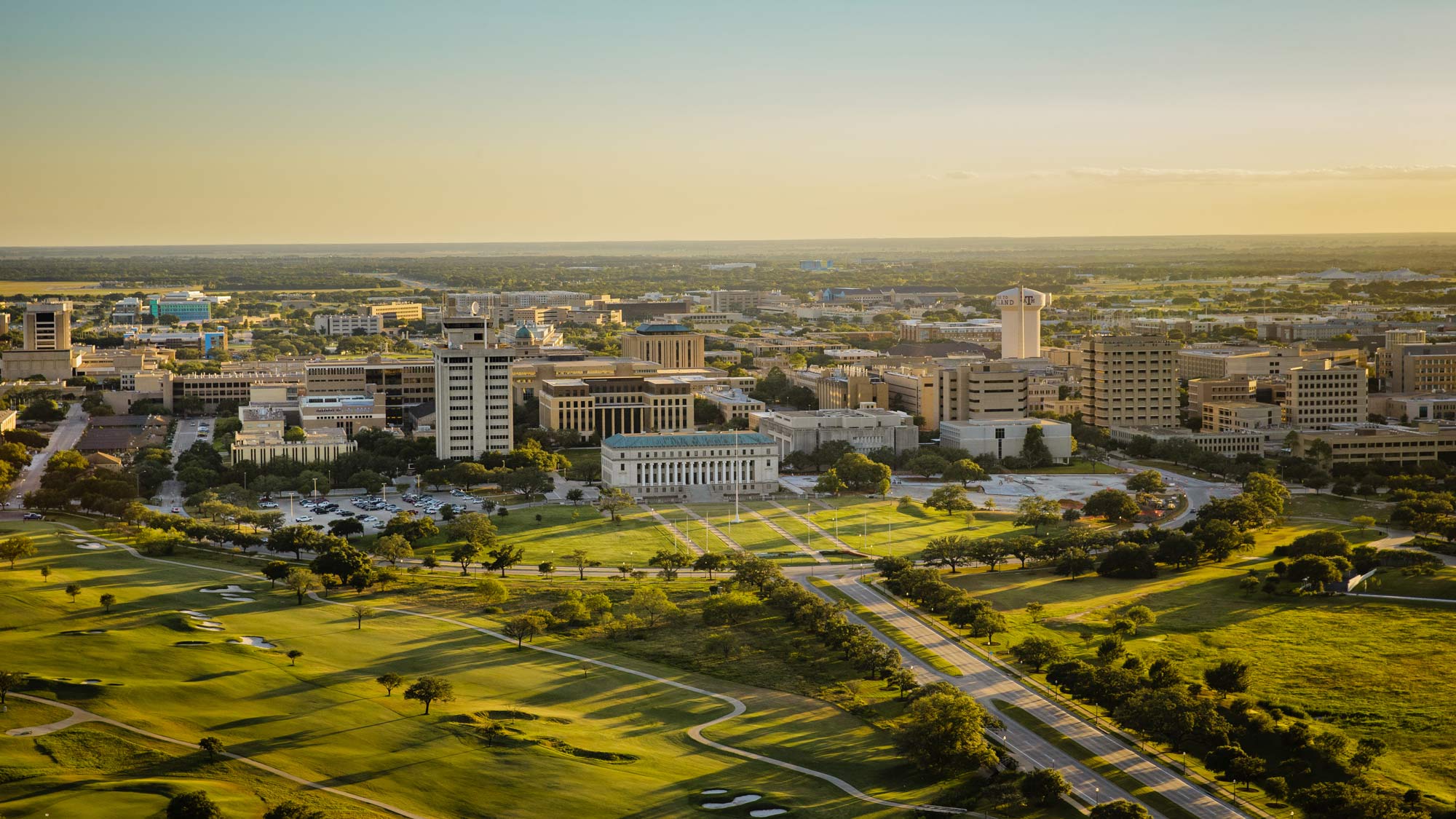
NASA
The $200 million facility will be built at the Johnson Space Center in Houston to help ensure Texas remains a leader in space exploration.
Atmospheric Sciences Professor On Team Selected For New NASA Satellite Mission
Jun 9, 2023 • 3 min. readTexas A&M atmospheric scientist Dr. Anita Rapp is contributing to a new NASA mission to help humanity better understand Earth’s dynamic atmosphere.
Twenty years after the shuttle broke apart during re-entry, former NASA employees reflect on lessons learned in the disaster's aftermath.
Go inside space research with a former astronaut, and an Aggie Fact about a 1917 Corps caper. Plus, a visit with Engineering's John E. Hurtado.
NASA’s DART Mission And The Future Of Human Space Exploration
Sep 28, 2022 • 5 min. readA Texas A&M expert explains the first-of-its-kind test and the continued importance of exploring asteroids and other celestial objects.
Texas A&M scientists have joined a $3-million NASA-funded research project testing and improving robots’ ability to assist planetary explorations.
Astronomers Celebrate Historic First Images From James Webb Telescope
Jul 12, 2022 • 6 min. readTexas A&M expert Casey Papovich reacts to the "awe-inspiring" scenes of the universe captured by the NASA telescope.
About 100 times more powerful than the Hubble, the new James Webb Telescope will show the farthest images of space ever seen, said Texas A&M physicist Nicholas Suntzeff.
Analysis Can Predict Individual Differences In Cardiovascular Responses To Altered Gravity
Aug 13, 2021 • 4 min. readTexas A&M researchers have identified factors that can predict a person's physiological responses to gravitational changes.
Quieter Airplane Landings May Be Possible With Shape-Memory Alloys
Jul 13, 2021 • 5 min. readTexas A&M researchers have shown that shape-memory metal fillers inserted into the front edge of airplane wings can reduce noise generated during landing.
